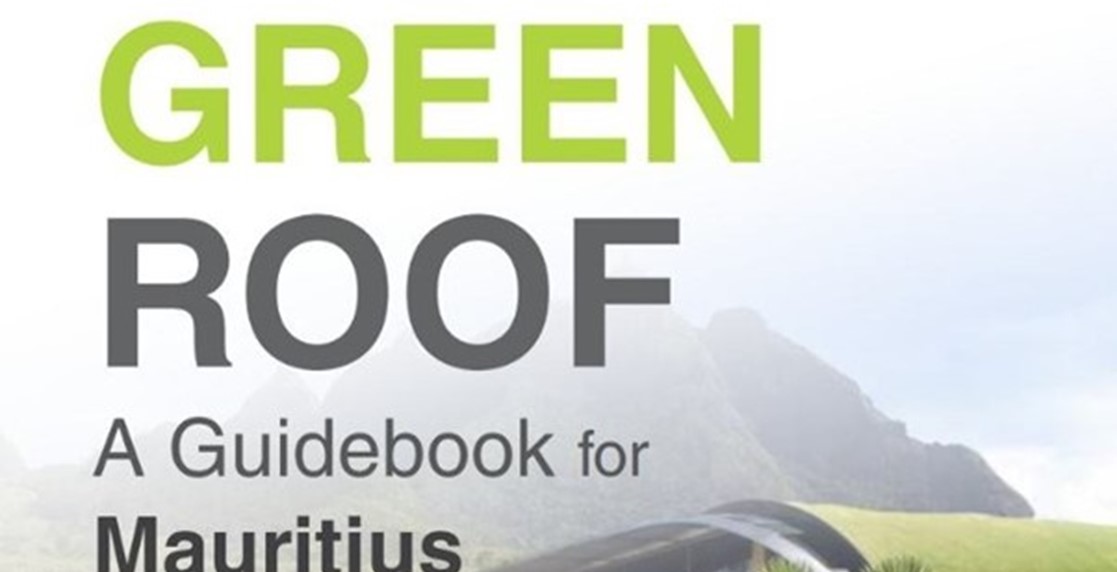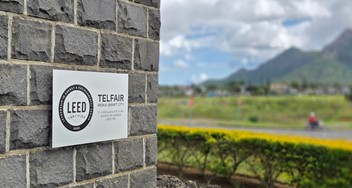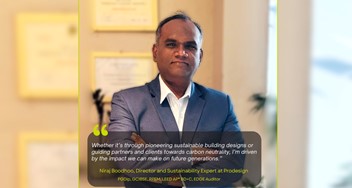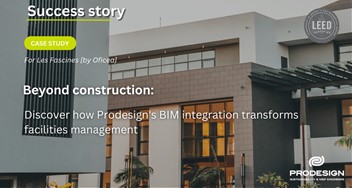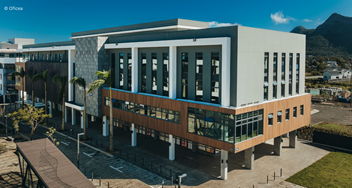Green roofing systems have been around for a very long time. Some literatures cite the pre-historic village of Skara Bay in Scotland and the hanging gardens of Babylon as the earliest forms of green roofs. In more recent times (18th-19th century), green roofs have been predominantly used in cold climates such as the Scandinavian countries, Northern America, Britain and Germany. These early forms of green roofs had turf as the vegetative cover and were mainly used to shelter humans from the caprices of the weather. Excavations in the ruin of Pompeii have provided evidence of roof gardens being used in warmer climates as well.
Ancient green roofs were covered with earth and plants for agriculture. The main motivation for having green roof was to provide for cold insulation in winter, heat insulation in summer and shelter against natural elements. Some green roofs were made in this manner due to lack of alternative materials. Traditional green roofs were not waterproof. This became the subject for innovation which led to the green roofs technology we have nowadays, where much emphasis is laid on the water-proofness of the roof and the root-proofness of the waterproofing membrane so that it can safely accommodate plants.
The twentieth and twenty-first century is seeing a revival of green roofs. Such roofing systems have become a widely-accepted feature of eco-buildings. Moreover, new construction materials that have been developed are more suitable to meet the load bearing and waterproofing capabilities required by green roofs . In Mauritius, green roofing systems are relatively new although roof gardening practices are very popular.
Commercialisation of green roof systems looked at the problem of root ingress into the roof structure and the provision of irrigation networks to sustain the plants. The next evolution in green roof was to provide systems which replicated the functioning of soil as the base medium for plants to grow but doing so with a lighter and cheaper solution which could be applied over a larger roof surface without undue changes in the building structure to take up the additional load. This led to the concept of extensive green roofs, which could be applied to roof surfaces to replicate nature (which was displaced due to the built environment) while protecting the roof surface from natural elements and temperature fluctuations.
Ecological benefits like reduction in energy consumption for HVAC (Heating, Ventilation and Air-Conditioning), stormwater retention, urban heat island effect mitigation and acoustic attenuation are other benefits that were revealed when the scientific community started studying green roofs closer. These added benefits have led to the widespread appeal for green roofs for its ecological and welfare it brings to humans with reported therapeutic benefits while providing air of better quality.
Definition
There seem to be a confusion between roof gardening and green roofs. Though very similar and having more or less the same benefits, there is a fundamental difference in their construction.
Roof gardens are defined as the cultivation of decorative plants or food crops in containers, which can be of varying size . Examples of containers that can be used are: plastic containers, paint pails, wooden crates or veggie bags. Green roofs on the other hand, consist at least of the following layers: waterproofing, drainage, growing media and the vegetative cover.
The advantage of having a green roof over a roof garden are described as follows:
- Even weight distribution over the roof
- Unimpeded drainage
- Various layers provide a protection for the roof.
Types of green roof
Extensive, intensive and semi-intensive
Green roofs are generally divided into either extensive or intensive. Intensive green roofs have deep substrate layers, and support larger plants, and require frequent maintenance. Extensive green roofs have a thinner substrate layer and smaller plants, typically plants providing groundcover are used. They are targeted to be maintenance free or very little maintenance as compared to intensive green roofs. Semi-intensive green roofs have also been described, which use plants providing groundcover and lawn, but which required frequent maintenance in terms of watering, cutting and fertilisation. Extensive and intensive green roofs can be differentiated by the type of vegetative cover.
You can download the full guide book from our website for a complete guide on how to design and set up a green roof in Mauritius by using this link: http://prodesign.mu/category/resources/

